URL File Dialog
| Local Files |
| Workspace View |
| Clover Server |
| Hadoop HDFS |
| Remote Files |
| Port |
| Dictionary |
| Filtering Files and Tips |
The URL File Dialog serves to navigate through file system and select input or output files.
In many components, you are asked to specify URL of some files. These files can serve to locate the sources of data that should be read, the sources to which data should be written or the files that must be used to transform data flowing through a component and some other file URL. To specify such a file URL, you can use the URL File Dialog.
The URL File Dialog has several tabs on it.
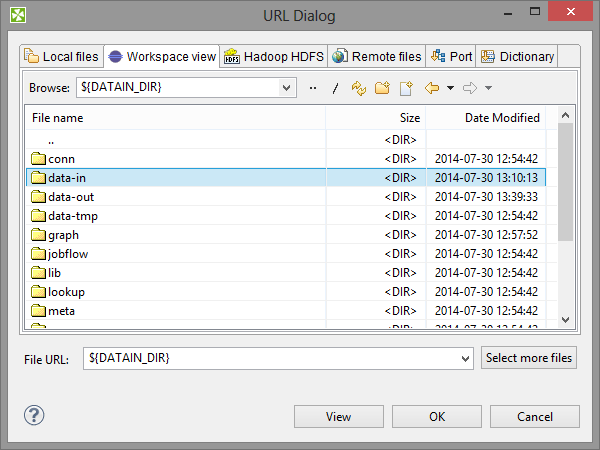
Figure 24.1. URL File Dialog
Local Files
Local files tab serves to locate files on local file system. The combo contains local file system places and parameters. It can be used to specify both CloverETL projects and any other local files.
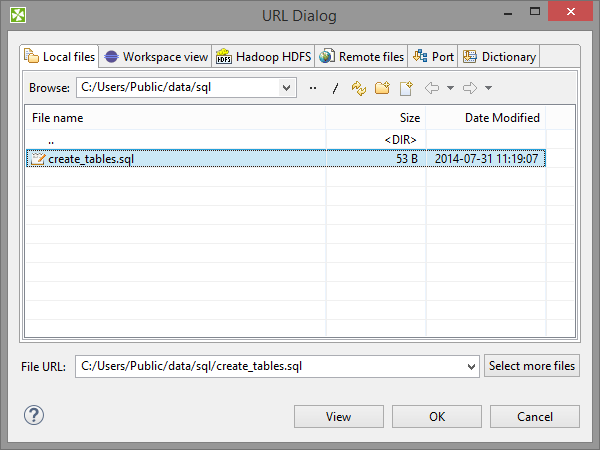
Figure 24.2. URL File Dialog - Local files
![[Note]](figures/note.png) | Note |
|---|---|
Best practice is to specify the path to files with Workspace view instead of Local view. Workspace view with help of parameters provides you with better portability of your graphs. |
Workspace View
Workspace view tab serves to locate files in a workspace of a local CloverETL project.

Figure 24.3. URL File Dialog - Workspace view
Clover Server
Clover Server serves to locate files of all opened CloverETL Server projects. Available only for CloverETL Server projects.
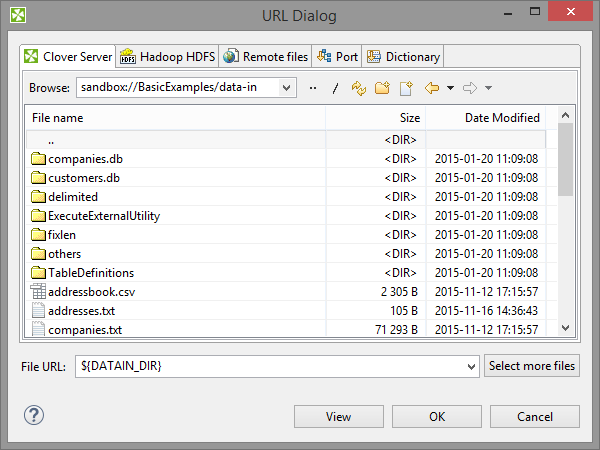
Figure 24.4. URL File Dialog - Clover Server
Hadoop HDFS
Hadoop HDFS tab serves to locate files on Hadoop distributed file system.
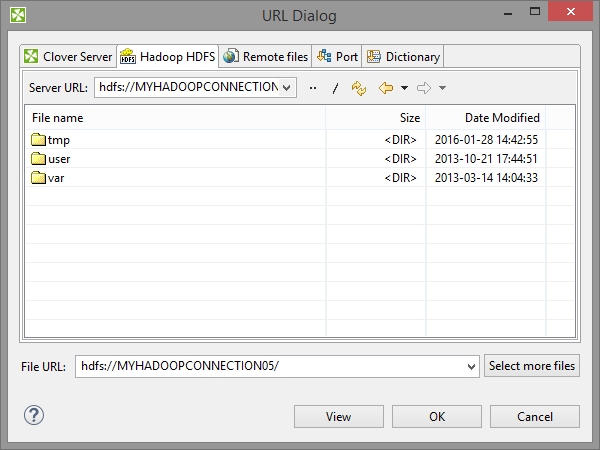
Figure 24.5. URL File Dialog - Hadoop HDFS
You need a working Hadoop Connection to choose the particular files.
Remote Files
Remote files tab serves to locate files on a remote computer or on the Internet. You can specify properties of connection, proxy settings, and http properties.
You can type the URL directly in format described in Supported File URL Formats for Readers or Supported File URL Formats for Writers, or you can specify it with help of Edit URL Dialog. The Edit URL Dialog is accessible under the globe icon.

Figure 24.6. Edit URL Dialog
Edit URL Dialog
Edit URL Dialog lets you specify connection to remote server in pleasant way. Choose the protocol, specify host name, port, credentials, and path.
The dialog lets you specify the connection using the following protocols: HTTP, HTTPS, FTP, SFTP - FTP over SSH, Amazon S3, WebDav, WebDav over SSL, and Windows Share (Samba).
Click to save the connection settings. Click to use it.
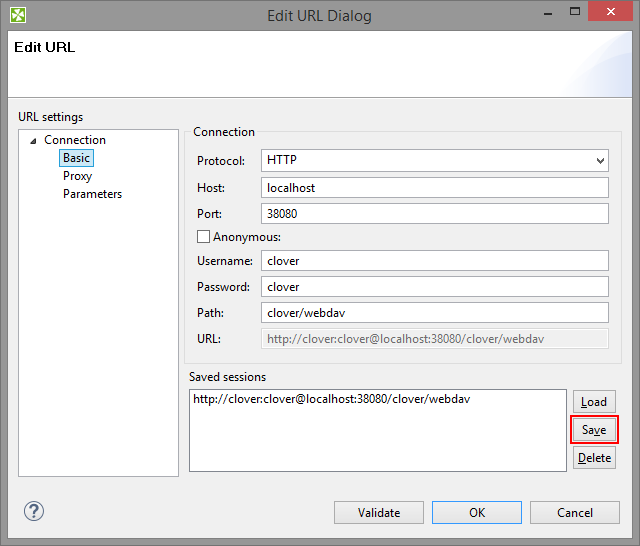
Figure 24.7. Edit URL Dialog
The Load button serves to load session from the list for subsequent editing.
The Delete button serves to delete the session from the list.
HTTP(S), (S)FTP, WebDav, and Samba
If the protocol is HTTP, HTTPS, FTP, SFTP - FTP over SSH, WebDav, WebDav over SSL, or Windows Share (Samba), the dialog allows you specify host name, port, username, password, and path on the server. It allows you to connect anonymously as well.
Amazon S3
If the protocol is Amazon S3, the dialog allows you to fill in access Key, secret key, bucket, and path. For better performance, you should fill in the corresponding region.
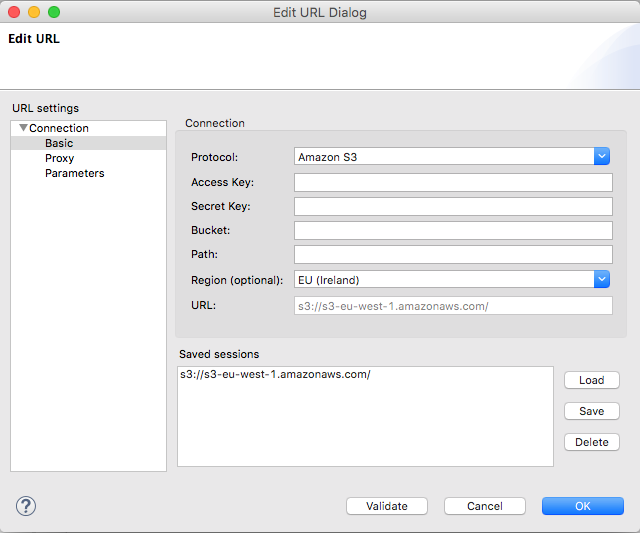
Figure 24.8. Edit URL Dialog - Amazon S3
Having the connection specified, you can choose the particular file(s).
![[Note]](figures/note.png) | Amazon S3 URL |
|---|---|
It is recommended to connect to S3 via endpoint-specific S3 URL:
See http://docs.aws.amazon.com/general/latest/gr/rande.html#s3_region for list of regions and endpoints. |
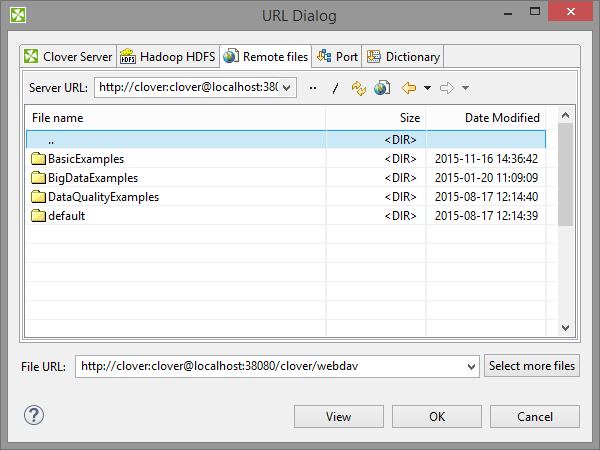
Figure 24.9. URL File Dialog - Remote files
Port
Serves to specify fields and processing type for port reading or writing. Opens only in those component that allow such data source or target.
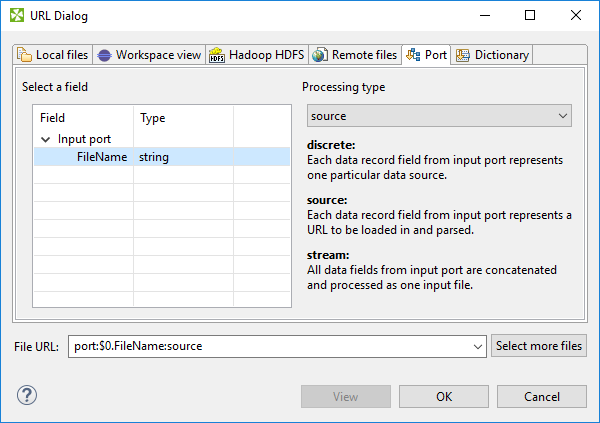
Figure 24.10. URL File Dialog - Input Port
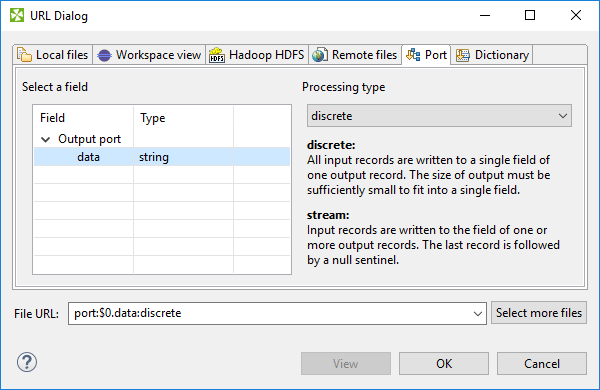
Figure 24.11. URL File Dialog - Output Port
See also: Input Port Reading or Output Port Writing
Dictionary
Dictionary tab serves to specify dictionary key value and processing type for dictionary reading or writing. Opens only in those component that allow such data source or target.
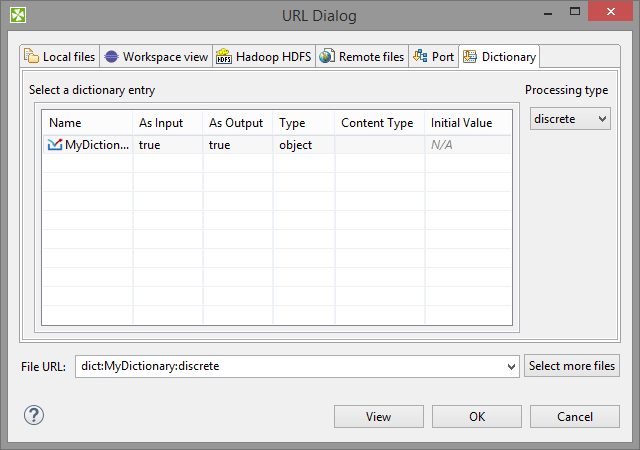
Figure 24.12. URL File Dialog - Dictionary
See also: Using the Dictionary in a Graph
Filtering Files and Tips
If you use File URL Dialog configured to display only some files according to the extension, you can see the File Extension below File URL.
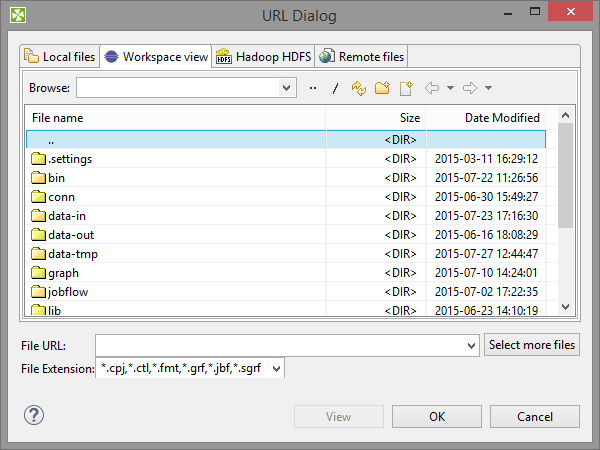
Figure 24.13. Configured URL File Dialog
![[Important]](figures/important.png) | Important |
|---|---|
To ensure graph portability, forward slashes are used for defining the path in URLs (even on Microsoft Windows). |
![[Note]](figures/note.png) | Note |
|---|---|
New Directory action is available at the toolbar of Workspace View and Local Files tab. F7 key can be used as a shortcut for the action. Newly created directory is selected at the dialog and it's name can be edited in-line. F2 key can be used to rename directory and DEL key to delete it. |
More detailed information of URLs for each of the tabs described above is provided in sections